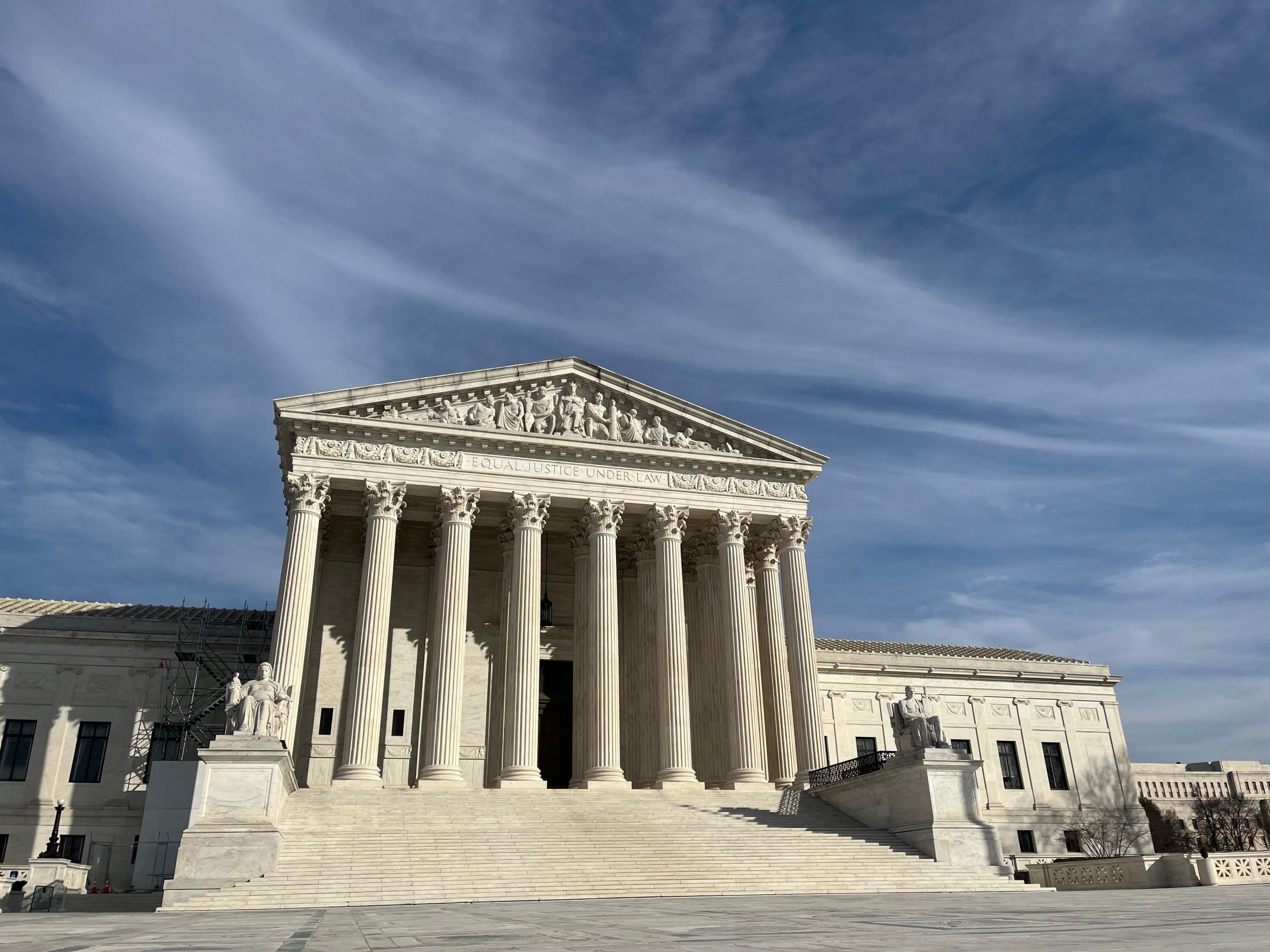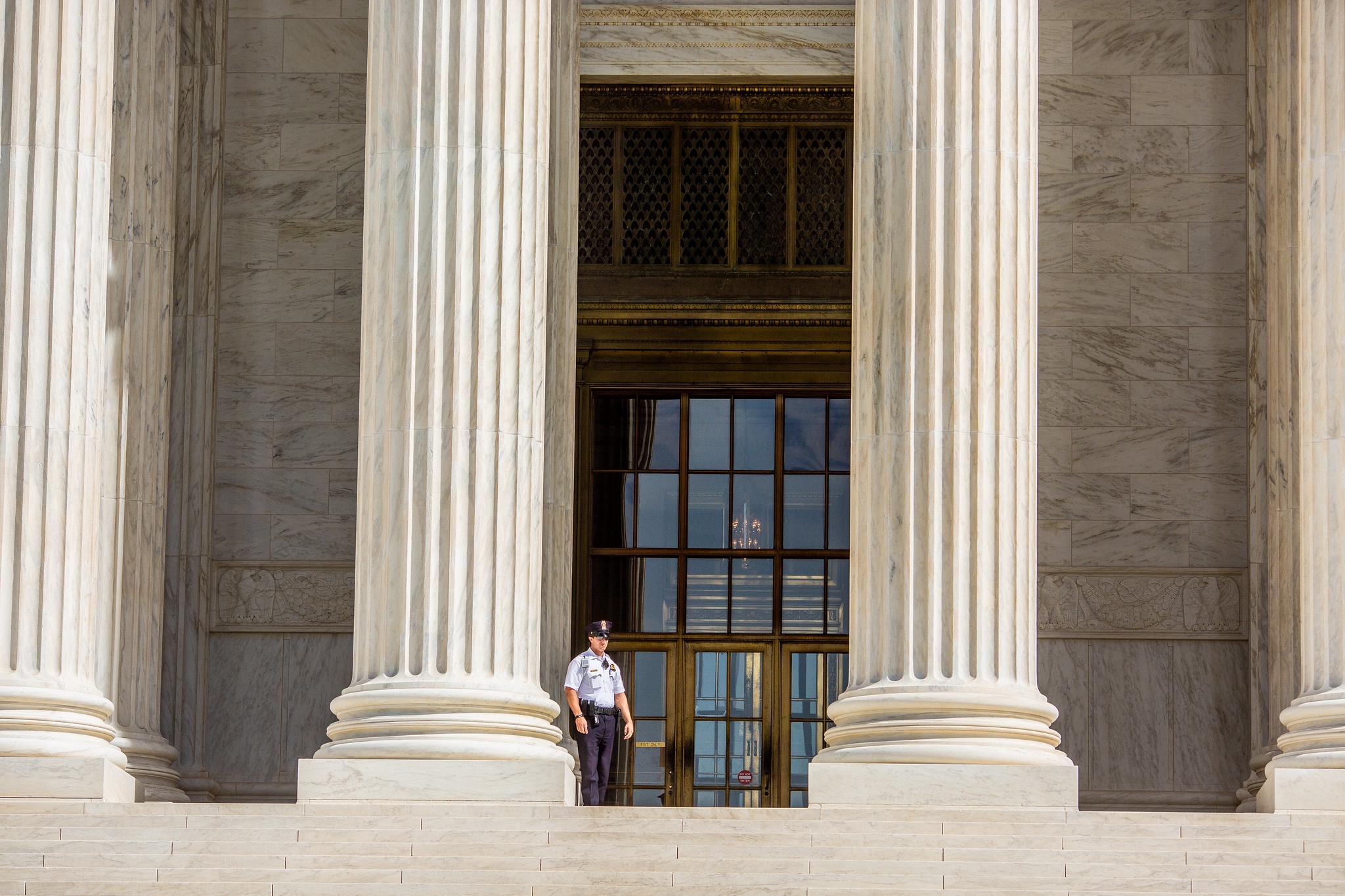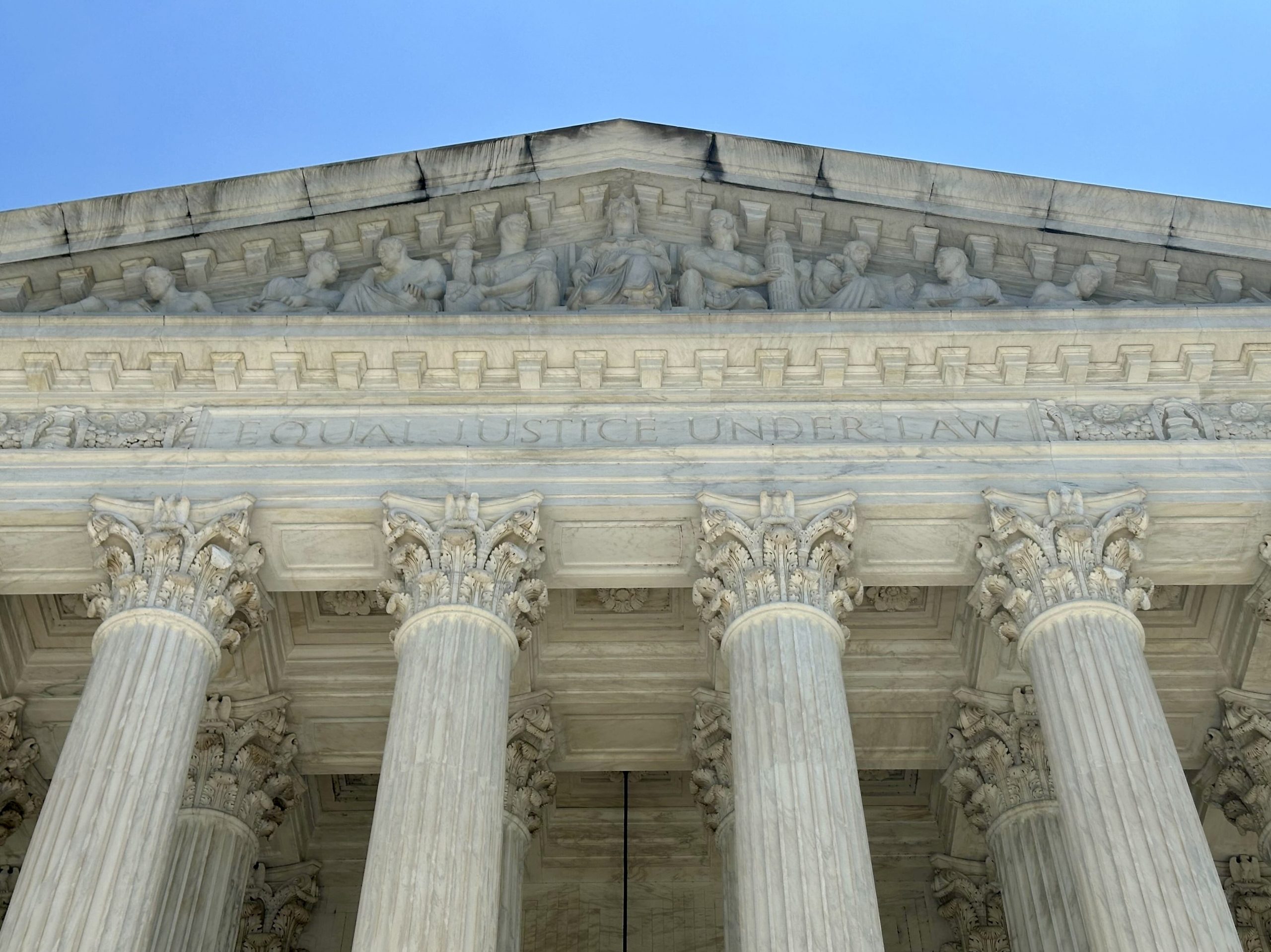OPINION ANALYSIS
on Jun 21, 2024
at 11:42 am
The court ruled 8-1 in United States v. Rahimi on Friday. (Abbie Fitz via Shutterstock)
The Supreme Court on Friday upheld a federal law that bars anyone subject to a domestic-violence restraining order from possessing a gun. By a vote of 8-1, the court ruled that the law does not violate the Constitution’s Second Amendment, which protects the “right of the people to keep and bear Arms.” The ruling in United States v. Rahimi was the court’s first Second Amendment case since it threw out New York’s handgun-licensing scheme nearly two years ago. In that case, New York State Rifle & Pistol Association v. Bruen, the majority emphasized that courts should uphold gun restrictions only when there is a tradition of such regulation in U.S. history.
In Rahimi, the court reiterated that test, but it emphasized that its Second Amendment cases “were not meant to suggest a law trapped in amber.” Courts considering the constitutionality of restrictions on gun rights must determine, Chief Justice John Roberts explained, “whether the new law is ‘relevantly similar’ to laws that our tradition is understood to permit, applying faithfully the balance struck by the founding generation to modern circumstances.”
The challenge to the law came from a Texas man, Zackey Rahimi. In 2020, a court in Texas entered a civil protective order against him after an incident in a parking lot in which Rahimi dragged his girlfriend back to his car and pushed her inside, causing her to hit her head on the dashboard. Rahimi also fired a gun at a bystander who witnessed the argument. The protective order specifically barred Rahimi from having a gun.
A few months later, when Rahimi was a suspect in a series of shootings, police obtained a warrant to search his home. They found a rifle and a pistol, which prompted prosecutors to charge him with violating the federal law at the center of the case.
Rahimi argued that the law violates the Second Amendment, and in the wake of the Supreme Court’s decision in Bruen, the U.S. Court of Appeals for the 5th Circuit agreed. It explained that although the government was not required to identify a “historical twin” to the law, it had not provided the kind of “well-established and representative analogue” needed for the law to survive.
On Friday, the court reversed the 5th Circuit’s decision. Surveying early English and American gun laws, it concluded that since the founding of the United States, “firearm laws have included provisions preventing individuals who threaten physical harm to others from misusing firearms.” When that principle is applied to the federal law here, the court continued, the law passes constitutional muster.
Justice Clarence Thomas, the author of the court’s decision in Bruen, was the lone dissenter. Unlike the majority, he believed that the federal government had not provided any evidence that the ban at issue here “is consistent with the Nation’s historical tradition of firearm regulation.” The early laws to which the majority points to support its holding, Thomas contended, are in reality too different from the ban here to serve as a historical analogue.
Rahimi’s case, Thomas concluded, “is not about whether States can disarm people who threaten others,” because states already have a way to do so – by charging the person making the threat with aggravated assault. The real question, he suggested, “is whether the Government can strip the Second Amendment right of anyone subject to a protective order — even if he has never been accused or convicted of a crime. It cannot,” he asserted.
This article was originally published at Howe on the Court.




